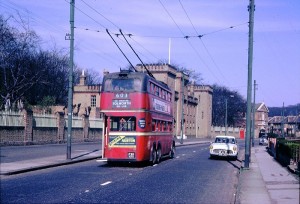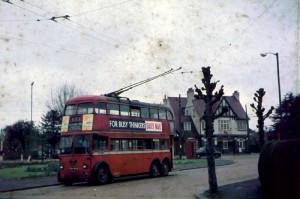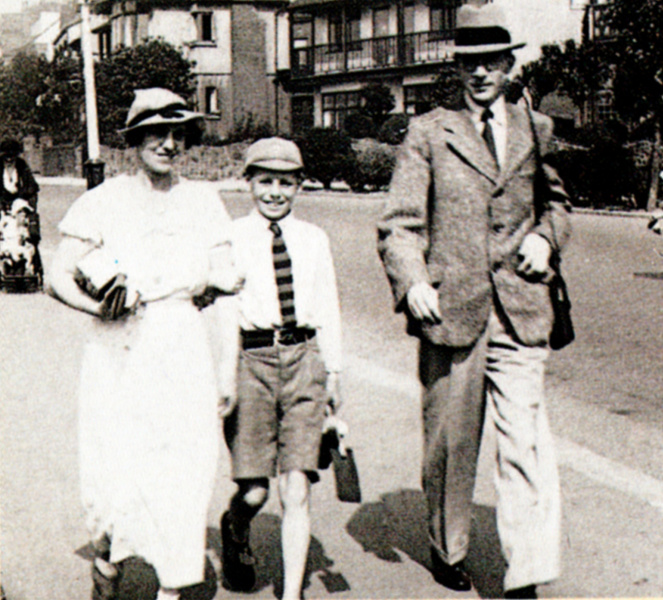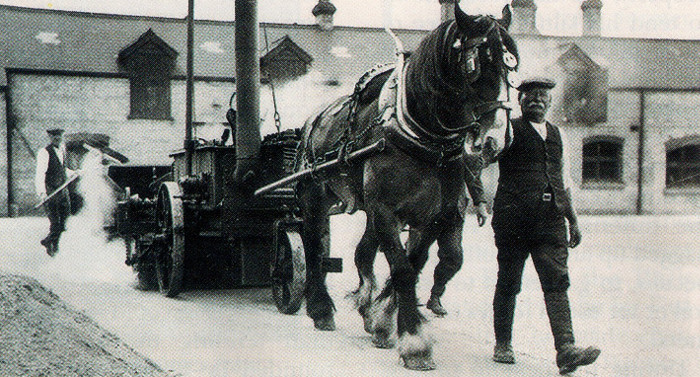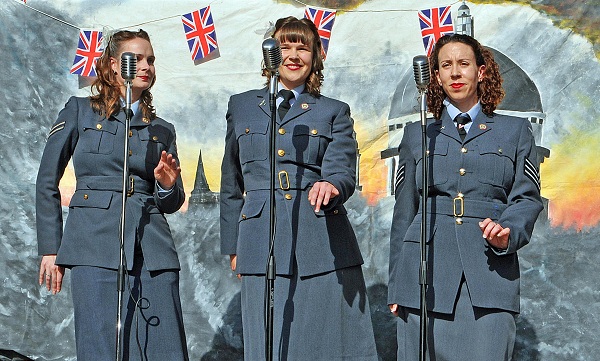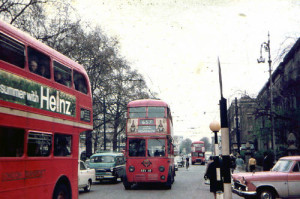
Do you remember the Routemaster – that famous model of London bus? Of course you do. The word ‘iconic’ is overused these days, but it fits perfectly when applied in conjunction with such a design classic.
Yet, the Routemaster was at least partly responsible for the removal from London’s streets of another well-loved means of transport – the trolleybus. How came this to be and what part did the trolleybus play in the pantheon of people movement?
Back in July 1933, the London Passenger Transport Board came into being. Two years later it embarked upon what was known as the New Works Programme. Under the aegis of Lord Ashfield and Frank Pick, this entailed a £40m modernisation programme of London’s transport needs. In 1933, the Board had inherited 6,732 buses, 2,630 trams and 61 trolleybuses. The average speed of a bus was timed at 9.56 mph and the tram managed 9.43 mph. What was clearly needed was a vehicle that combined the best advantages of both – enter the trolleybus.
It used electric traction, like the trams, but dispensed with the need for tracks. The electricity was produced at Lots Road Power Station from home-grown coal reserves – thus keeping men in employment. The trolleybus had the advantage of a much smoother ride, though, as it featured pneumatic tyres – like the bus. It could pull up to kerbs like the bus. In tests in the Teddington area, it proved to be 15% cheaper to operate than the tramway that preceded it. In 1935, the total trolleybus route mileage was a meagre 18. Within four years, this figure increased to 236, while that of the trams dropped from 324 to 135.
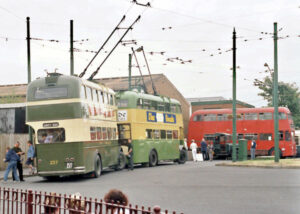
Then, with the planned conversion of all tramway routes into trolleybus service only half completed, the Second World War broke out. At that time, the trams fulfilled 516m passenger journeys and the underground 473m. The trolleybus surpassed them both, with 571m, but all were left standing by the diesel bus, which undertook 2,230m passenger journeys. Of course, during the war, the trolleybus infrastructure proved vulnerable to airborne attack. The destruction of overhead wiring was so frequent that a system of immediate renewal was instituted, such that the average time of‘outage’ was cut down to a mere four hours before services resumed. This was an incredible feat of efficiency and dedication, that we would hardly be capable of today.
During the early stages of the conflict, the number of passenger journeys dropped by 25%, but by the war’s close it was back up to be only 3% below the 1939 levels. In 1948, the London Transport Executive under Lord Latham succeeded the LPTB but the problems were beginning to mount. Trams ceased to run on 5 July 1952.
The power plant at Lots Road was in great need of modernisation. That same year, plans were drawn up to effect the necessary upgrading but in the event, approval was not gained for another ten years and even then not implemented for a further six -in 1968. By then, it was all over for the trolleybuses. Other problems conspired against the trolleys. The expansion of London’s population into the suburbs meant that increased overhead wiring was needed to accommodate the longer routes. Then there was the expense of providing turning circles at the new termini.
There was also the massive increase in private car ownership. In London at the end of petrol rationing in 1950, some 480,000 vehicles were registered. This would increase by 250% during the next decade.
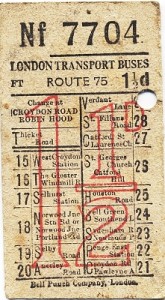 Even television played its part. The launch of a commercial channel in 1955 meant that off-peak journeys diminished as people stayed at home. The five-day week meant that Saturday commuting was consigned to history for some. Full employment was another issue.
Even television played its part. The launch of a commercial channel in 1955 meant that off-peak journeys diminished as people stayed at home. The five-day week meant that Saturday commuting was consigned to history for some. Full employment was another issue.
Britain benefited from this in the early 1950s but for the burghers at London Transport it provided a headache, in that difficulties arose in filling any vacancies that arose. Adverts were placed in Northern Ireland for potential staff to work in the capital, and then Barbados became a prime focus for personnel acquisition. It all cost a lot of money at a time when passenger numbers were declining. The heady days of 1948, when almost 4,000 million journeys were undertaken were long gone. By 1962, the figure was 40% less.
All these factors applied equally to other London Transport road services, of course, but they came at a time when those in command were veering away from the diminishing benefits of electric operation. Diesel was still cheap and would remain so until the early 1970s, so the LTE took the decision to move forward with diesel instead of electric traction. The board wanted a vehicle that was lighter, cheaper and more flexible than the trolleybus. It had already made a move towards one-man operation with the Leyland Atlantean bus in 1956. Single-person working was tried on the trolleybus as well, but proved unsustainable, not least because the cost of conversion was deemed prohibitive. Trials with a new diesel-engined machine were undertaken over a five-year period from 1954 until 1959, at the conclusion of which the Routemaster was perfected and ready to take precedence.
The first trolleybus journey in London took place in the Kingston area on 16 May 1931. The final one saw No.1253 -based at Fulwell depot – travel between Wimbledon and Fulham on 8 May 1962 – 50 years ago. Just under 31 years of faithful service seems an insufficient epitaph for a facility that, at its height, saw 1,764 vehicles on London’s streets, mostly based north of the Thames.
After their demise, 88 of the remaining vehicles were sold to Spain and 16 saw further service in Bangkok, Thailand. The rest were introduced to the cutter’s torch. They deserve to be remembered, and if you visit Sandtoft Transport Centre just off the M180 in Lincolnshire, London Transport Museum at Covent Garden or the East Anglian equivalent near Lowestoft, you can do just that.
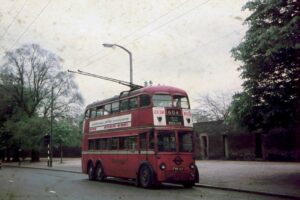 |
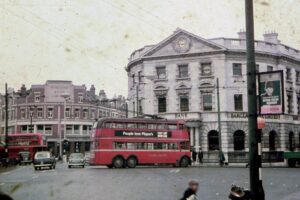 |



